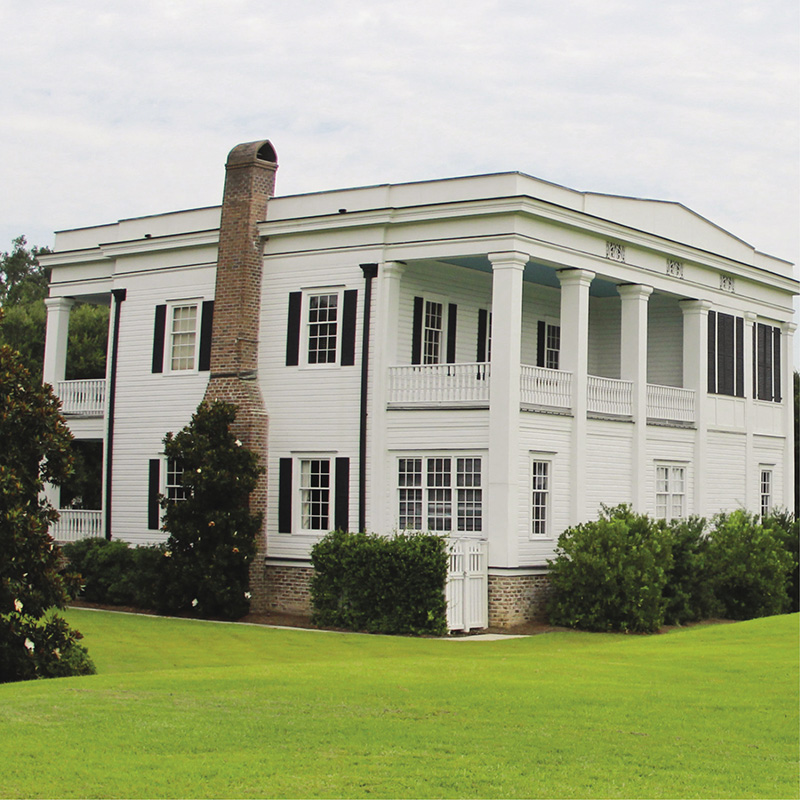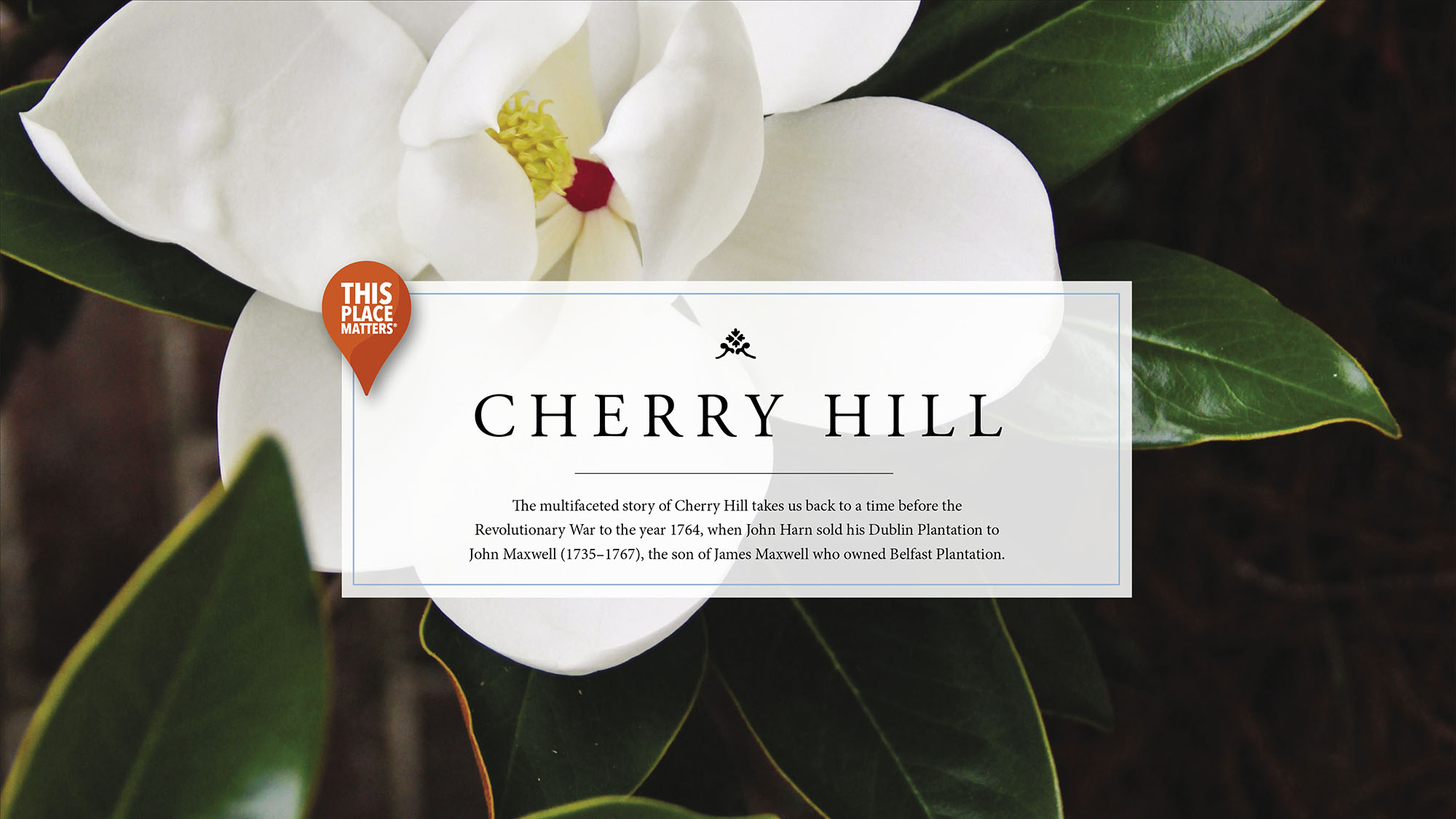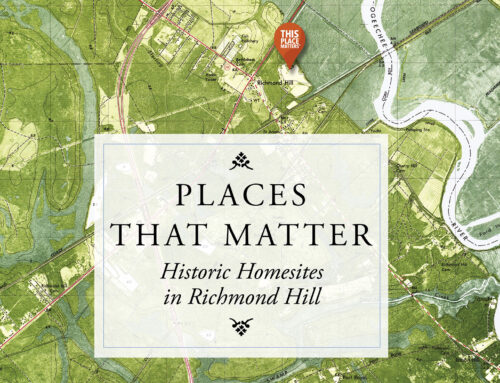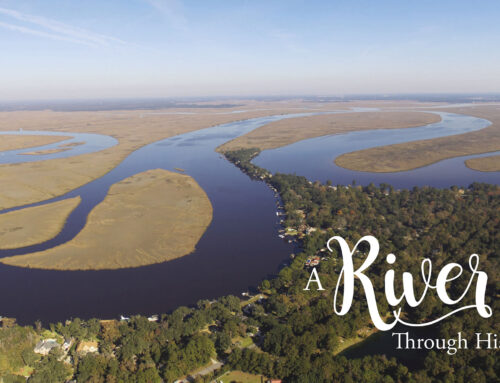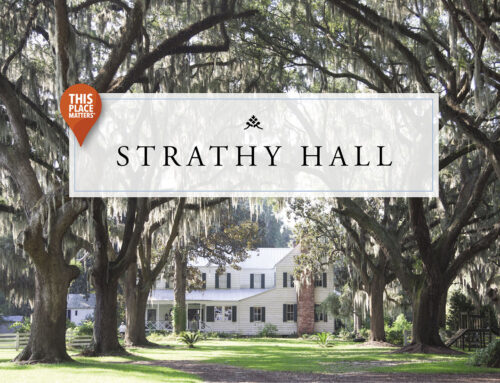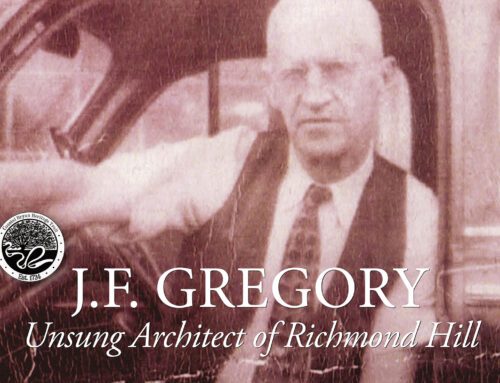Story by Kenneth Dixon Photos by Finnegan Photography
It was from Dublin that John Maxwell created a separate tract of 300 acres, developed and christened “Cherry Hill.” John Butler Maxwell inherited both of his father’s rice plantations, but as Maxwell remained loyal to the King after the Revolution broke out, his lands were confiscated in 1782. It is not clear if the properties were returned to the Maxwell family after the war ended or whether they purchased them back from the Georgia government, but John Maxwell’s daughter Mary Maxwell McIntosh and her husband Lachlan McIntosh owned both Cherry Hill and Dublin in 1803.
In 1823, Richard James Arnold (1796–1873) of Rhode Island married Miss Louisa Caroline Gindrat of White Hall Plantation in Bryan County, Georgia. Mr. Arnold, a northern businessman and a descendent of Quakers who worked ardently to abolish the slave trade in his native state, acquired White Hall through his marriage to Miss Gindrat as her wedding dowry. This acquisition was the beginning of Arnold’s life in the South, and it was in 1824 that he purchased Cherry Hill, solidifying his ties to Bryan County. Through his savvy business techniques and agricultural methods, he eventually became the wealthiest rice planter in the county.
Sometime in the first part of the 19th century, Mr. Arnold constructed the first Cherry Hill house at the end of the oak avenue that now leads to The Ford Clubhouse. The Arnold family’s main residence was at their White Hall Plantation farther down the Ogeechee River, and the house at Cherry Hill was most likely used as an overseer’s residence.
It was in December of 1864 that Bryan County saw much fighting and destruction as General Sherman passed through on his famed March to the Sea. The house at Cherry Hill was unfortunately in the path of destruction, and was burned on December 12, 1864.
The second version of the Cherry Hill house was built in 1874 by William Eliot Arnold (1841–1883) on the site of the original house. Available historical photographs of the house are scant, but photos of it as it appeared before the restoration done by Henry Ford show it to be a simple two-story dwelling with a porch wrapping around the front and right façade.
The 1920s ushered in the beginning of a new era for Cherry Hill when it was purchased by Henry Ford from Dr. Julian Chisholm, along with 26 other storied properties in the area, totaling about 85,000 acres. The Fords initially stayed at the Cherry Hill house, but as Clara did not find it suitable to her needs, construction began on their new winter residence.
Looking at the formidable residence that stands sentinel at the edge of the golf course today, it is not easy to see that it is the house William Eliot Arnold built that once stood at the end of the live oak allée. After being moved several times to different locations inside The Ford, it came to its present location.
